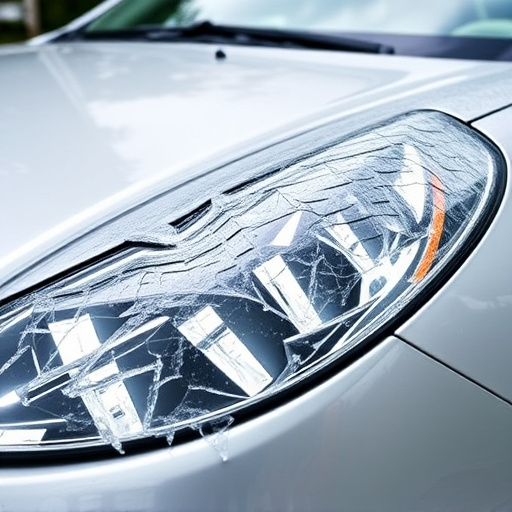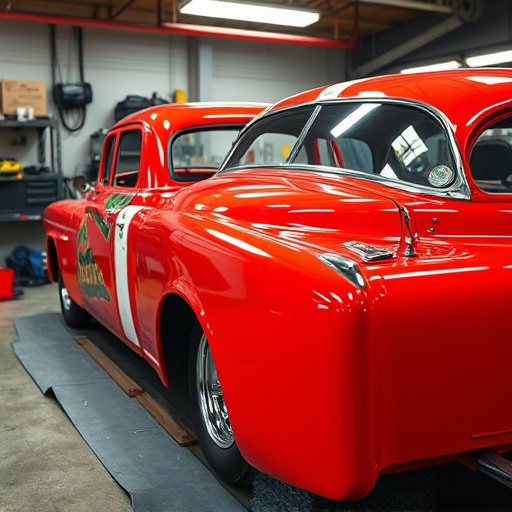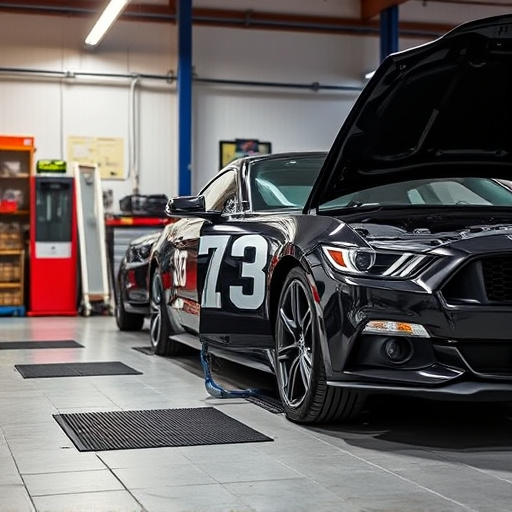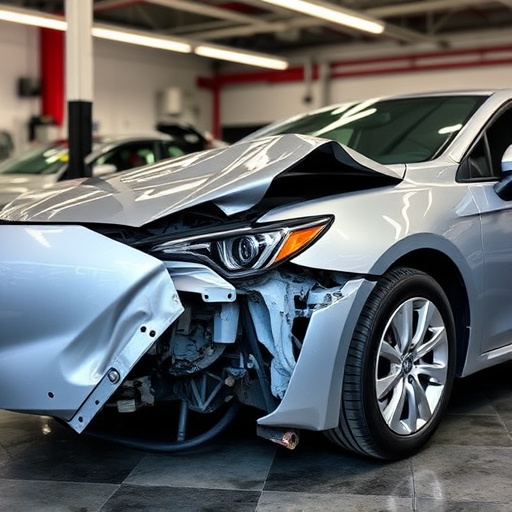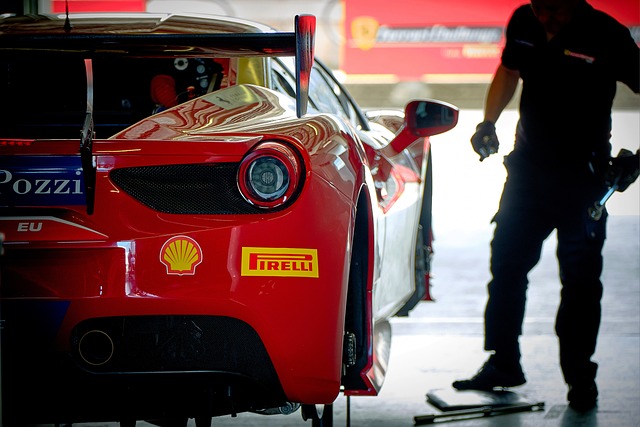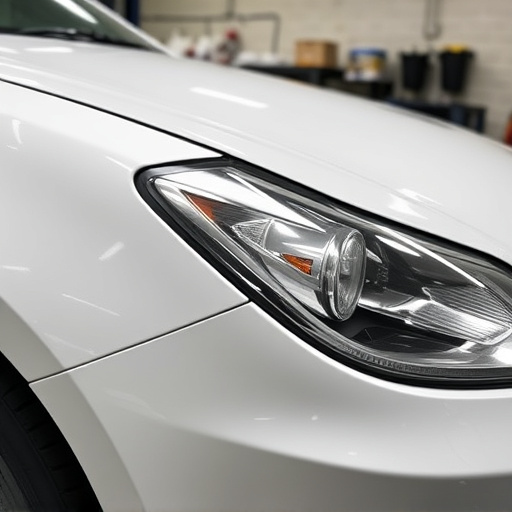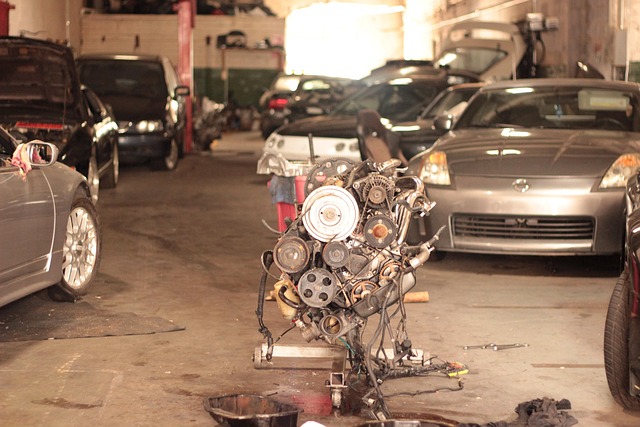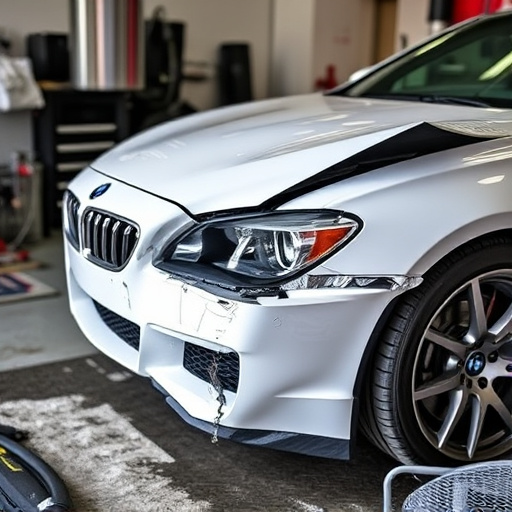The Mercedes air suspension system, a complex engineering design for luxury vehicles, requires specialized repair due to its adjustable ride height and precise control. Technicians analyze critical ride control parameters to ensure optimal performance, comfort, and stability. This involves adjusting air springs, calibrating sensors, and aligning wheels according to Mercedes specifications, addressing issues like uneven tire wear. The meticulous process culminates in a test drive to confirm successful repair, focusing primarily on Mercedes air suspension repair.
Mercedes air suspension repair is a specialized service that ensures the smooth and comfortable ride of luxury vehicles. This article delves into the intricate world of Mercedes’ advanced air suspension system, breaking down its components and how they work in harmony. We explore the critical role of ride control parameters in calibrating repairs, offering a step-by-step guide for precision adjustments. By understanding these principles, technicians can master Mercedes air suspension repair, enhancing safety and performance.
- Understanding Mercedes Air Suspension System and Its Components
- The Role of Ride Control Parameters in Calibrating Air Suspension Repair
- Step-by-Step Guide to Calibrating Mercedes Air Suspension Using Ride Control Parameters
Understanding Mercedes Air Suspension System and Its Components

The Mercedes air suspension system is a sophisticated piece of engineering that enhances ride comfort and handling dynamics for luxury vehicles. At its core, it consists of air springs, control valves, sensors, and actuators working in harmony to provide adjustable ride height and smooth, precise control over vehicle movement. Each component plays a crucial role in ensuring the system’s functionality and the overall driving experience.
Air suspension repair involves a deep understanding of these interconnected parts, including the ride control parameters that calibrate their performance. Mercedes vehicles are renowned for their advanced technology, and their air suspension is no exception. An automotive body shop specializing in Mercedes repairs must possess the expertise to diagnose and adjust these parameters, ensuring the vehicle maintains its intended stance, stability, and comfort during operation, thus addressing any potential issues related to Mercedes air suspension repair effectively.
The Role of Ride Control Parameters in Calibrating Air Suspension Repair
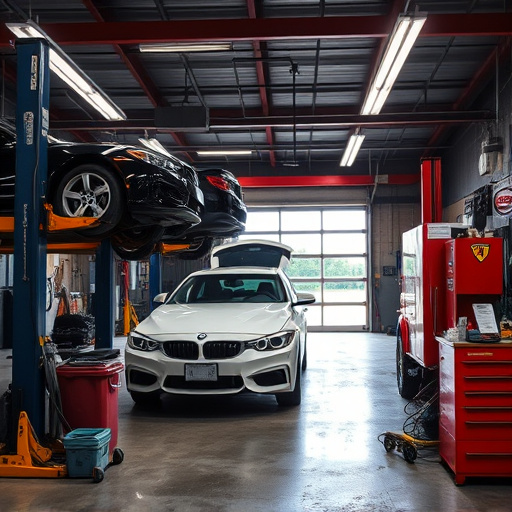
Mercedes air suspension systems are renowned for their precision and comfort, but over time, these intricate mechanisms can require calibrated repairs to maintain optimal performance. Ride control parameters play a pivotal role in this process by providing critical data that ensures every adjustment is precise and tailored to the vehicle’s unique needs. These parameters govern the behavior of the air suspension, controlling factors like ride height, smooth transition between different driving modes, and responsiveness to road conditions.
By meticulously analyzing these parameters, skilled technicians can identify issues such as uneven tire wear, body lean during cornering, or inconsistent ride quality. This analysis guides the repair process, whether it involves adjusting air springs, calibrating sensors, or replacing faulty components. An automotive body shop specializing in Mercedes repairs utilizes these insights to offer not just a vehicle dent repair but a comprehensive solution that restores the air suspension to its original specifications, ensuring a seamless blend of comfort and control for every ride. Additionally, tire services as part of this process ensure that wheels are aligned perfectly with the calibrated suspension, enhancing overall vehicle performance.
Step-by-Step Guide to Calibrating Mercedes Air Suspension Using Ride Control Parameters
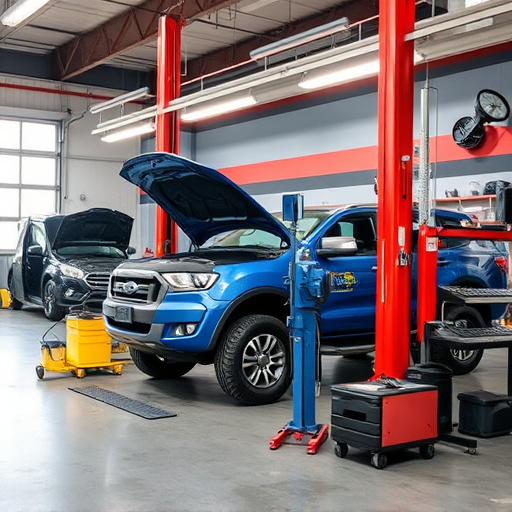
Calibrating the Mercedes air suspension using ride control parameters is a meticulous process that demands precision and expertise. Here’s a step-by-step guide for this specialized repair:
1. Safety First: Begin by ensuring the vehicle is securely jacked up and supported on sturdy stands, mimicking a professional vehicle body shop setup. This guarantees stability throughout the calibration process. Remove any excess weight from the vehicle to minimize interference with the suspension’s performance.
2. Accessing the System: Familiarize yourself with the ride control module, a crucial component in Mercedes air suspension systems. This module controls the height and ride quality of your car. With specialized tools, connect to the diagnostic port and access the system’s parameters, focusing on the air suspension settings.
3. Initial Readings: Take baseline measurements by checking the current ride control parameters. These values dictate how the suspension responds to road conditions. Note these figures as a reference point for future adjustments.
4. Calibration Process: Adjust the ride control parameters according to the recommended specifications provided by Mercedes. This may involve modifying settings related to spring rates, damping, and height control. Make incremental changes while monitoring the vehicle’s response.
5. Testing and Iteration: After making adjustments, test the suspension’s performance on a variety of road surfaces. Observe any anomalies or unwanted responses. Iterate through the parameters until you achieve the desired ride quality—a perfect balance between comfort and control, akin to car body restoration to its optimal state.
6. Final Touches: Once satisfied with the calibration, ensure all components are securely fastened. Lower the vehicle from the stands and take it for a test drive to confirm the successful completion of Mercedes air suspension repair.
Mercedes air suspension repair is a precise process that requires a deep understanding of its intricate system and components. By utilizing ride control parameters as guidelines, technicians can effectively calibrate and optimize the vehicle’s height and ride quality. This step-by-step approach ensures that each adjustment is accurate and tailored to the specific needs of the Mercedes, ultimately enhancing both performance and comfort for drivers.
